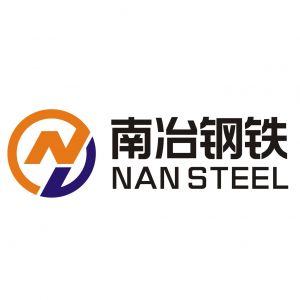Welding precautions for welded pipesPosted by chase Liu on April 18th, 2023 The welded pipe is a steel pipe made of steel plate or strip steel after being crimped and welded, generally with a length of 6 meters. The production process of welded steel pipe is simple, the production efficiency is high, there are many varieties and specifications, and the investment in equipment is small, but the general strength is lower than that of seamless steel pipe. According to the production process, it can be divided into spiral steel pipe (SSAW pipe) and straight seam steel pipe (ERW pipe). With the rapid development of continuous rolling production of high-quality strip steel and the advancement of welding and inspection technology, the quality of weld seams has been continuously improved, and the varieties and specifications of welded steel pipes are increasing day by day. There are many welding methods for welded pipes, but they all need to be completed by professionals, otherwise it is easy to cause welding problems. Next, I will introduce the welding methods of welded pipes. Welding method of welded pipe: The welding methods of welded pipes mainly include gas tungsten arc welding, flux cored arc welding, electrode arc welding, submerged arc welding, down welding and other methods. The welding of welded pipes is very simple to say, but it is still quite complicated to do. When welding, the angle must be aligned so that there will be no problem of welding failure. Things to pay attention to during the welding process of welded pipes: 1. When welding steel pipes, it should be done according to the purpose. Pay attention to the problem of shrinkage cracks during the welding process. For the mechanical properties of the pipes in the heat-affected zone, there should be no excessive changes due to the influence of welding operations. 2. Pay attention to the wall thickness of the welded pipe. If the wall thickness of the steel pipe is relatively thin, high-frequency welding can be used; for some thin-wall steel pipes, protective gas welding can be used, and if the wall thickness is relatively thick, manual arc welding can be used. 3. Weld according to the size of the pipe. If the welded pipe is relatively small and can only be welded on one side, it can be drilled into the pipe for welding; but if it is welded on one side, it must pass the steel ball test, so as to ensure that the cross-sectional area meets the design requirements for weld formation. 4. If the steel pipe is a high-strength alloy steel with good wear resistance, temperature resistance, and pressure resistance, the welding process must be implemented to avoid cracking tendencies due to high-temperature welding operations. 5. When welding steel pipes, it is necessary to minimize the welding swing, and the arrangement of the welds should have an annealing effect on the heat-affected zone as much as possible. It can be cooled slowly after welding, and then covered with asbestos cloth. Welded pipes are widely used in water supply engineering, petrochemical industry, chemical industry, electric power industry, agricultural irrigation, urban construction, etc. Compared with the welded pipe, the maximum diameter of the seamless pipe size can reach 650mm, and the minimum diameter is 0.3mm. Like it? Share it!More by this author |


